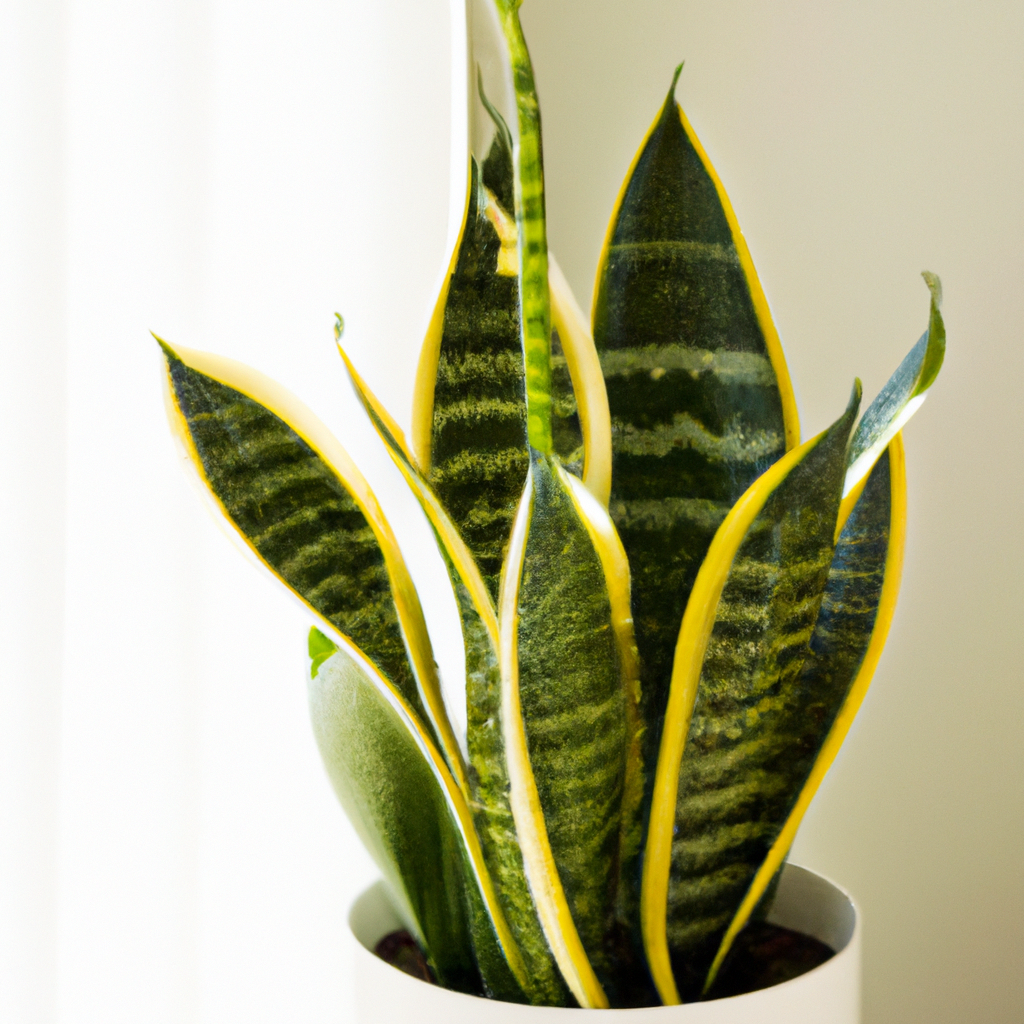Caring for Snake Plants – A Comprehensive Guide
Looking to add a green touch to your home while boosting its aesthetic appeal? Snake plants are a great choice, as they are easy to care for and can thrive even in the lowest light conditions. But while they may seem like a good idea, there are a few key things to keep in mind before you add one to your home decor. If you’re considering a snake plant, read on to learn everything you need to know about their care requirements.
What is a Snake Plant?
Snake plants, or Sansevieria, are a popular houseplant with striking, bold foliage. They are members of the asparagus family and originated from the tropics and subtropical regions of Africa. As one of the most common houseplants, snake plants are a great choice for busy people looking to add a bit of greenery to their living space. These plants are highly tolerant of neglect, making them perfect for people who don’t have a lot of time for plant maintenance.
Benefits of Snake Plants
Snake plants offer many benefits for the home. Not only do they look great, with their tall, spiky foliage and deep-green tones, but they also provide some helpful perks for your living space. These plants purify the air and help reduce airborne toxins, such as formaldehyde, benzene, and trichloroethylene. Additionally, snake plants release oxygen during the night and absorb carbon dioxide, helping to freshen up the air in your home.
Another great benefit of these plants is that they’re incredibly resilient and can tolerate low light levels, irregular watering schedules, and even some neglect. This makes them a great choice for busy people who don’t have a lot of time for plant care. Snake plants also have long-lasting blooms and can grow up to 3-4 feet tall, adding an extra touch of greenery to any living space.
Caring for a Snake Plant
When it comes to caring for a snake plant, there are some important things to keep in mind. The first is soil. Snake plants prefer well-draining soil that’s slightly acidic. If your soil is not draining properly, you can add sand or perlite to help improve drainage. Additionally, when it comes to watering, it’s best to water your snake plant from the bottom by adding water to the pot and allowing it to absorb the water from below. Watering from the top can lead to root rot and other problems.
It’s also important to make sure that your snake plant is getting enough light. While these plants can tolerate low-light levels, it’s best to choose a spot in your home where the plant can get indirect sunlight or some natural light from a nearby window. You should also make sure to rotate your snake plant once in a while so that it grows evenly on all sides – this will help prevent it from leaning too much towards one direction.
Lastly, snake plants need periodic fertilizer applications. Aim for once or twice a year with a low-nitrogen formula fertilizer specifically designed for houseplants.
Common Problems With Snake Plants
While snake plants are fairly low-maintenance houseplants, there are some common problems that can occur with them. Overwatering is one of the most common issues that can lead to root rot or fungus gnat infestations. To prevent this, make sure you’re not watering your snake plant too often and only water from the bottom when necessary.
Another common issue is underwatering – this can cause drooping leaves and brownish tips. If you notice this happening with your snake plant, increase the amount of water you’re giving it and be sure to water from the bottom. Additionally, if you notice any yellowing or browning leaves on your snake plant, these could be signs of overwatering. In this case, decrease the amount of water you give it and ensure that the soil has enough drainage so that any excess water doesn’t stay in the pot.
Tips For Caring For Your Snake Plant
When caring for your snake plant, it’s important to keep in mind a few key points:
- Choose a spot in your home where it receives indirect sunlight.
- Water from the bottom when necessary and avoid overwatering.
- Rotate your snake plant periodically to ensure that it grows evenly on all sides.
